Every year, thousands of people in India lose a limb—due to accidents, diabetes, cancer, or birth differences. But losing a limb doesn’t have to mean losing independence. Thanks to new technology, prosthetic limbs today can do far more than just replace what was lost. Some can move with the body’s own muscle signals. Some can even respond to the brain’s intent to move. These are called neuroadaptive prosthetics.
But there’s a big gap. While the technology exists, very few hospitals in India are offering these advanced services. Most amputees still receive basic support, often with no proper training or long-term care. Many never learn about neuroadaptive options at all. And even when they do, the services are often too far, too costly, or simply unavailable.
At RoboBionics, we believe this must change. Everyone deserves access to modern prosthetics that work with the brain, not against it. This article explores why neuroadaptive prosthetic services are so important—and why Indian hospitals must catch up to meet the need.
Let’s begin.
Understanding What Neuroadaptive Prosthetics Really Mean
Not Just a Tool, But a New Way to Move
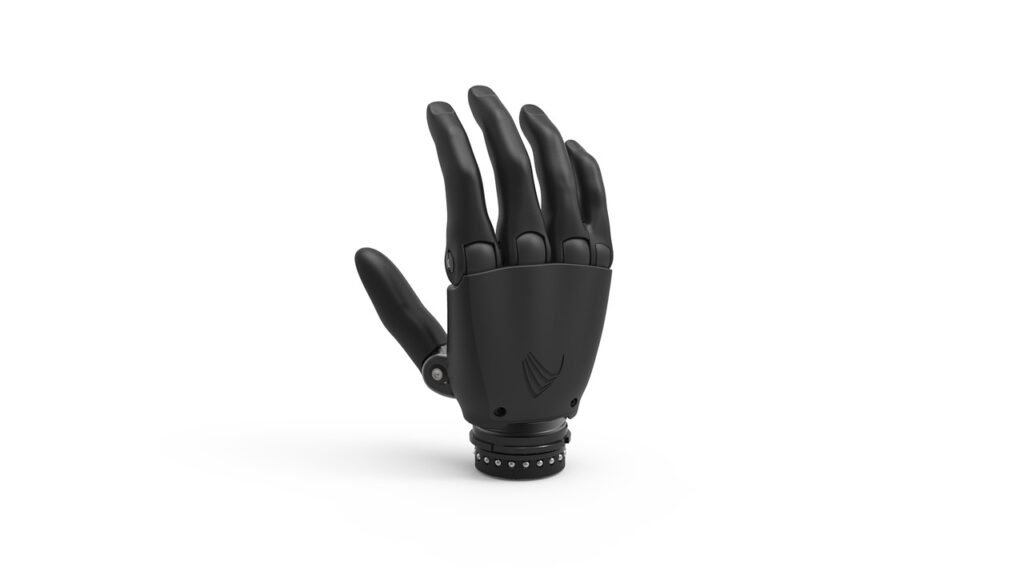
A neuroadaptive prosthetic is more than just a fake hand or leg. It’s a smart device that works with the user’s body and mind. It connects to muscle signals—or in some cases, even brain signals—and responds like a natural limb would. It adapts to how the user moves, learns their patterns, and helps them regain confidence in daily tasks.
This is very different from the basic, mechanical limbs that are often handed out in camps or low-cost clinics. Those limbs don’t move on their own. The user has to manually position them or use body power, which can be tiring, frustrating, and emotionally hard.
With neuroadaptive prosthetics like Grippy™, movements feel more natural. You think about picking up a spoon, and the hand starts to move. This changes everything—from eating a meal to getting dressed, writing, typing, or hugging someone.
Why the Brain Must Be Part of the Recovery
When a person loses a limb, the brain doesn’t forget how to use it. The mental map is still there. Neuroadaptive technology makes use of that memory. It taps into the natural ability of the brain to learn and adapt—what we call neuroplasticity.
But for this process to work, people need the right tools and guidance early on. If weeks or months pass with no active training or support, the brain begins to disconnect from that limb’s memory. That’s why hospitals must step in early. They must offer services that reconnect the brain, body, and new prosthetic as soon as possible.
Without neuroadaptive services in hospitals, this healing opportunity is lost.
The Reality in Most Indian Hospitals
Limited Access to Modern Prosthetic Care
Walk into a government hospital or even a mid-tier private one in most Indian cities, and you’ll find the same story. Amputees are given basic post-surgery care. Some may get referred to an orthotist. A few may be offered a mechanical limb. And that’s it.
Very few hospitals have a dedicated prosthetics team. Even fewer have someone trained in neuroadaptive devices. Rehab is often just a few general physio sessions—focused on walking, balance, or pain relief, not on learning to use a smart limb.
In rural hospitals, the situation is even harder. Patients may not even hear the word “prosthetic” during their stay. Families are left searching online, confused and overwhelmed.
The Missing Link Between Surgery and Recovery
Amputation is not the end of care. But in most places, it is treated that way. Once the surgery heals, the patient is sent home—with no roadmap for what comes next. No one talks about building muscle control. No one checks in to see if they’re mentally coping. No one says, “Here’s how to get your life back.”
This is where neuroadaptive prosthetic services should come in. Hospitals should offer them as part of a full care journey—from the moment of surgery to long-term support.
But right now, that bridge simply doesn’t exist in most of the country.
Why This Gap Must Be Filled—Now
More People Need These Services Every Year
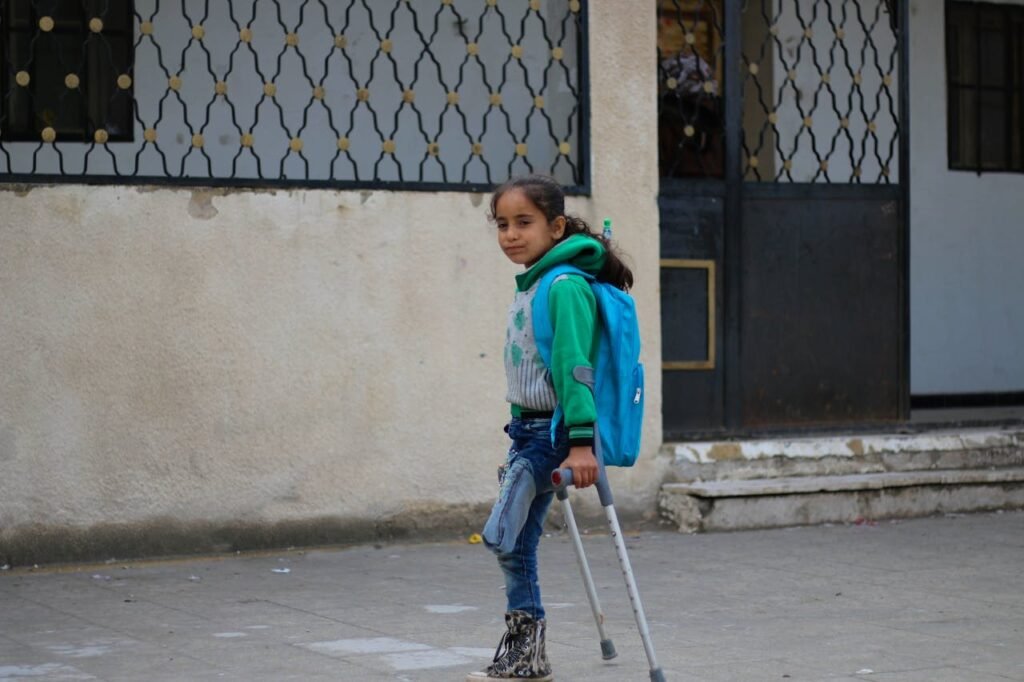
India has one of the world’s highest rates of road accidents. Add to that the growing numbers of diabetes-related amputations, industrial injuries, and congenital limb differences, and it’s clear—this is not a small group.
Every year, tens of thousands of people in India need a prosthetic limb. And many of them are young. They want to work, drive, raise kids, and live full lives. They need more than just a passive limb. They need something that responds to them. Something that grows with them.
This need isn’t going away. It’s only going to grow. And our hospitals must be ready.
The Emotional Toll of Inadequate Care
When a person loses a limb, the physical wound is only part of the pain. There’s also grief. Fear. Shame. Anger. Hope.
If a hospital gives them a basic limb that doesn’t move, with no emotional support, it tells them: “This is all you get. Learn to live with less.”
But when someone is given a smart, responsive prosthetic—and trained to use it—they start to feel whole again. They begin to believe in their body again. That feeling alone can change lives.
Neuroadaptive services are not a luxury. They are emotional and psychological care, just as much as physical.
What Neuroadaptive Services Look Like in Practice
It Starts With Muscle Mapping
The first step in neuroadaptive training is finding out which muscles can send signals. This involves using small sensors on the residual limb to see which parts respond when the person imagines a movement.
This process is simple but crucial. It helps fit the prosthetic in a way that works with the body, not against it. Hospitals can easily include this step in post-surgery rehab, with minimal cost.
Followed by Training With Feedback
Once the prosthetic is fitted, the user needs help learning to control it. This doesn’t require high-end machines. Just a trained therapist, basic objects like balls or cups, and a calm, supportive setting.
Over time, the person learns to grip, hold, release, and move smoothly. They gain muscle memory. They gain trust in their new hand or leg.
In advanced centers, this may include sensory feedback training, where the prosthetic sends signals back to the brain—like Grippy™ does with our Sense of Touch™ technology.
Even when such tech is not available, simple guided exercises can still help build brain-prosthetic coordination.
Mental Health Support Is Essential
Learning to use a neuroadaptive prosthetic is exciting—but also overwhelming. Users often feel frustrated, self-conscious, or afraid of failure. They may be dealing with trauma from their accident or surgery.
Hospitals must include basic psychological support in their prosthetic services. Even one session with a counselor or trained peer can make a huge difference in how motivated and hopeful the patient feels.
Right now, this is missing from most care models. And that’s a serious gap.
How Grippy™ Shows What’s Possible
Made for Indian Patients, With Indian Needs in Mind
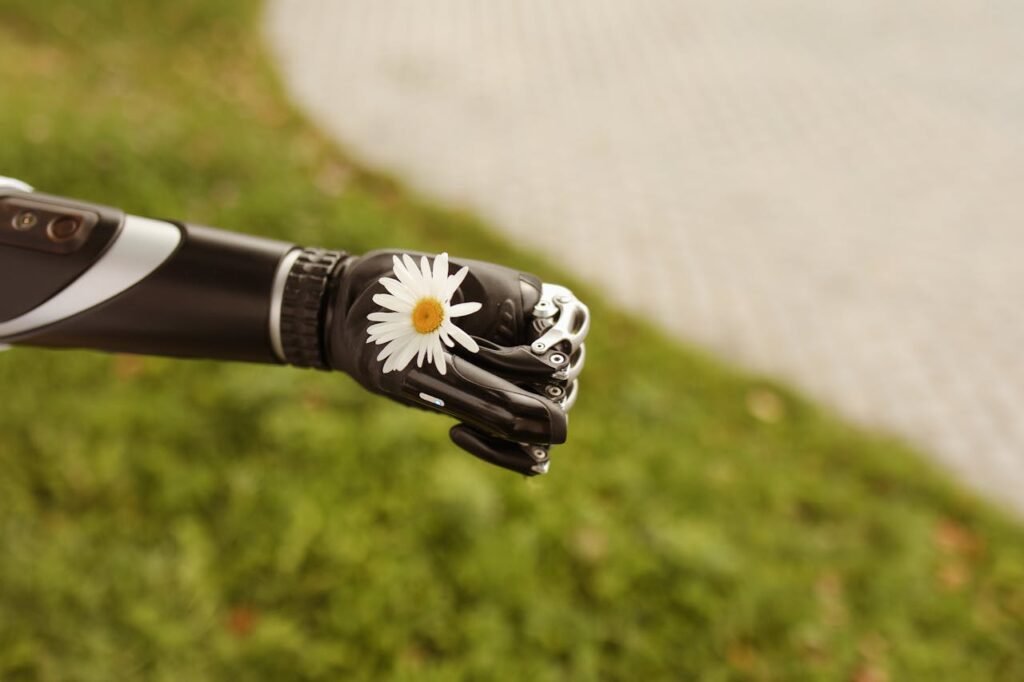
At RoboBionics, we built Grippy™ not just as a piece of tech—but as a solution for the unique challenges faced in India. It’s lightweight, easy to use, and doesn’t require complex machines to train with.
It uses the body’s own signals to move, and gives gentle feedback through vibrations so users feel more connected. We made sure 60 of its 64 components are locally made, which keeps costs down and support accessible.
This means hospitals across India can offer a high-quality, neuroadaptive solution without depending on imported systems.
It Works Without a Fancy Setup
One of the biggest myths is that neuroadaptive prosthetics need big labs or expensive rehab gear. That’s not true. With just a quiet space, some basic tools, and a little time, a person can start learning how to use Grippy™ effectively.
We’ve worked with patients in cities, towns, and villages—and the results are the same. When the product is smart and the training is simple, people thrive.
Hospitals can offer this too, with just a small shift in approach.
Why Hospitals Are the Right Place for These Services
Trusted First Point of Contact
For most people in India, hospitals are the first place they turn to after an accident, illness, or surgery. This makes hospitals the ideal place to begin the prosthetic journey. The patient is already there. They’re already receiving care. Their family is nearby. Their body is healing.
This is the perfect time to introduce the idea of neuroadaptive prosthetics—not after discharge, not months later when motivation has faded, but right there, while hope is still fresh and the need is clear.
Hospitals don’t need to become full prosthetic centers overnight. But they do need to start the conversation, make the referrals, and guide the patient forward.
Preventing Abandonment and Dropout
One of the biggest reasons people stop using prosthetics is lack of support. They are given a device and sent home, with no follow-up, no training, and no one to ask when things go wrong.
Hospitals can prevent this. If neuroadaptive services are part of the hospital system, patients get consistent care. They get trained. They get check-ins. And most importantly, they feel seen.
This reduces the chances of abandonment and gives the prosthetic a real chance to become part of the user’s life.
Seamless Coordination With Other Departments
Amputees often need more than just a limb. They may require wound care, diabetes management, orthopedics, physiotherapy, and mental health support. A hospital already has all these departments under one roof.
When neuroadaptive prosthetic care is integrated, coordination becomes easier. Everyone is on the same page. Progress is faster. The patient gets a full, holistic plan instead of scattered services.
This kind of teamwork improves outcomes—and builds trust.
The Role of Medical Professionals in Driving Change
Surgeons and Rehab Doctors as Advocates
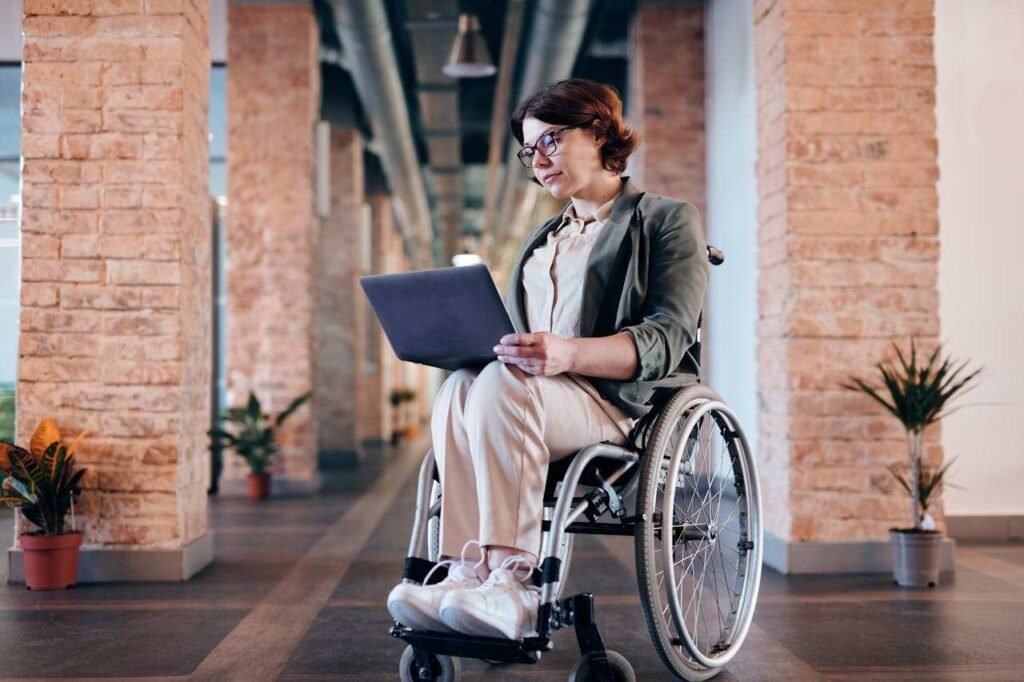
Doctors are the most trusted voice in a patient’s life, especially after a major surgery like an amputation. If a surgeon says, “There’s a prosthetic that moves with your muscle signals. You should try it,” the patient will listen. The family will pay attention. Hope will grow.
That’s why doctors must be educated about neuroadaptive prosthetics. They don’t need to become experts—but they must know what’s available and when to recommend it.
Hospitals should offer regular training, awareness sessions, and hands-on demos to surgeons, physiotherapists, and rehab specialists. The more they know, the more they can guide.
Nurses and Therapists as Trainers
Often, it’s the nurses, physios, and occupational therapists who spend the most time with patients. They are perfectly placed to begin early muscle training, teach basic control, and offer encouragement.
When trained well, they can turn a patient’s first experience with a prosthetic into something positive and empowering. Their role is not just technical—it’s emotional. They help users feel safe, supported, and successful.
Empowering these professionals is key to making neuroadaptive services work.
What Needs to Change in the System
Shifting the Focus From Charity to Quality
In many parts of India, prosthetic care is still seen as charity work. Camps are held. Basic limbs are donated. Photos are taken. But what happens after that?
People deserve more than donations. They deserve solutions that actually work.
Hospitals must shift their mindset from “giving something for free” to “providing something that works, lasts, and restores life.” Neuroadaptive care is not about luxury—it’s about dignity and independence.
Including Prosthetic Services in Insurance and Health Schemes
One of the reasons many hospitals don’t offer advanced prosthetic care is because it’s seen as expensive or not covered by insurance. But this can change.
Public and private insurance schemes can include neuroadaptive prosthetics in their coverage. CSR funds can support training centers. Hospitals can partner with companies like RoboBionics to offer packages that include fitting, training, and follow-up.
Making these services financially accessible is not impossible. It just needs willpower and planning.
What We at RoboBionics Are Doing About It
Partnering With Hospitals Across India
We don’t believe change has to wait for the future. It can begin now.
At RoboBionics, we actively work with hospitals—both big and small—to set up neuroadaptive prosthetic services. We offer training to staff, demo units for hands-on learning, and support for patients from first fit to long-term use.
Whether it’s a small clinic in rural Maharashtra or a large city hospital, we’re ready to help them bring this care to their patients.
Making High-Quality Solutions Affordable
With Grippy™, we’ve proven that smart prosthetics don’t have to cost ₹10 lakh or more. By building it right here in India, with mostly local components, we’ve brought the price down to ₹2.15–3 lakh.
This opens doors for many more people. And it gives hospitals a real, practical option to offer their patients.
We also support families through EMI options, assistive funding guidance, and detailed training sessions—so no one is left behind.
The Human Impact of Accessible Neuroadaptive Services
When Hospitals Offer More, Lives Change Faster
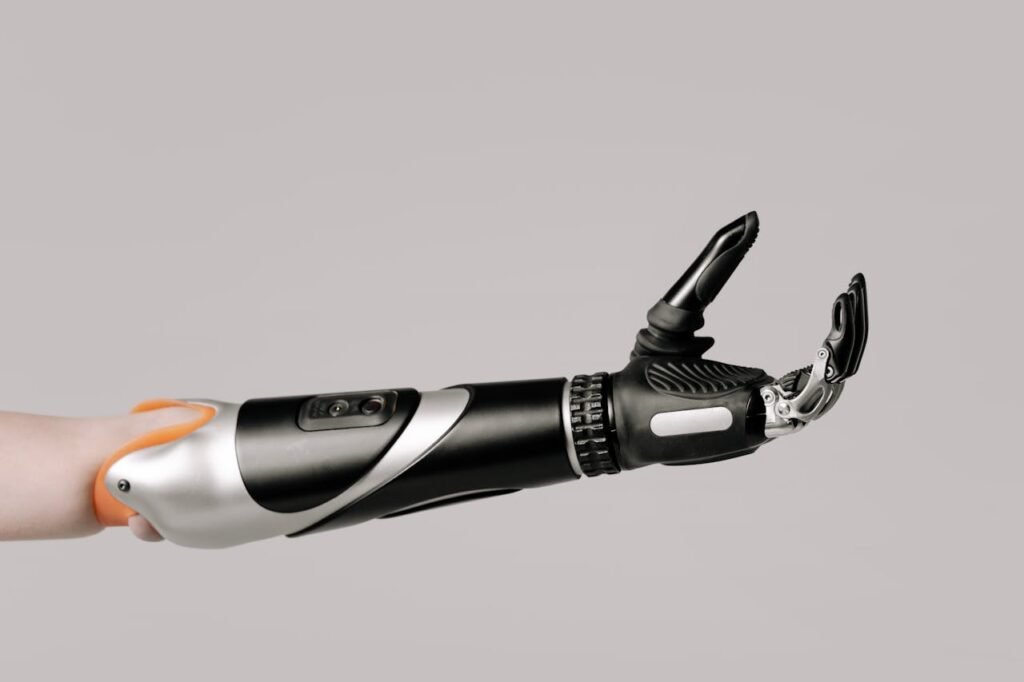
We’ve seen this firsthand. A young boy in a tier-2 city who lost his hand in an electrical accident was fitted with Grippy™ through a hospital partnership. He was shy and quiet during the early days of rehab. But once he started using his new bionic hand, everything changed. He began drawing again. He smiled more. He asked his therapist, “Can I try tying my shoelaces?”
This kind of transformation doesn’t just come from the technology—it comes from having the right support at the right time. When hospitals step up and offer neuroadaptive services, they don’t just heal bodies—they restore dreams.
Stories like these are happening across India, but not nearly enough. Too many still slip through the cracks. The difference between a life of ability and a life of limitation often depends on whether or not a hospital provides proper prosthetic care.
Closing the Urban-Rural Gap
Right now, most advanced prosthetic services are limited to major cities. But the majority of India lives outside these metros. If a person in a small town wants a neuroadaptive limb, they often have to travel hundreds of kilometers, take time off work, and spend money they can’t afford.
Hospitals in smaller towns can change this. By offering basic neuroadaptive training and fittings—even in partnership with external providers—they can bring world-class care closer to home. This reduces the financial and emotional burden on families and increases the chances that patients will actually use and benefit from their prosthetic.
Everyone, no matter where they live, deserves access to the best possible recovery path.
How to Make It Happen: A Step-by-Step Approach for Hospitals
Start Small, But Start
Hospitals don’t need to build a full neuro-rehab wing overnight. Start by identifying one doctor or therapist who wants to champion prosthetic care. Let them learn about neuroadaptive devices. Have them attend a demo. Connect them with providers like RoboBionics for guidance.
From there, introduce muscle signal testing as a routine part of post-amputation care. Create a referral system. Offer informational leaflets to patients. These small steps can set a strong foundation.
Over time, as success stories grow, the service can expand naturally.
Build Local Partnerships
Hospitals don’t have to do everything alone. Many startups and NGOs, including us at RoboBionics, are eager to collaborate. We can provide demo devices, train staff, and even send rehab specialists to conduct on-site sessions.
By working together, we can build a system that’s faster, more effective, and more sustainable.
Hospitals can also tap into government schemes, CSR funding, and medical colleges for support.
It’s not about having every answer—it’s about asking the right questions and being open to new solutions.
Keep the Patient at the Center
Whatever system is built, it must always prioritize the patient. Their comfort. Their dignity. Their goals.
Ask them what they want to be able to do again. Listen to their fears. Explain how the technology works in simple words. Walk with them, step by step, as they learn to use it.
This human-first approach is what turns a service into a lifeline.
A Vision for the Future
What an Ideal Hospital Could Look Like
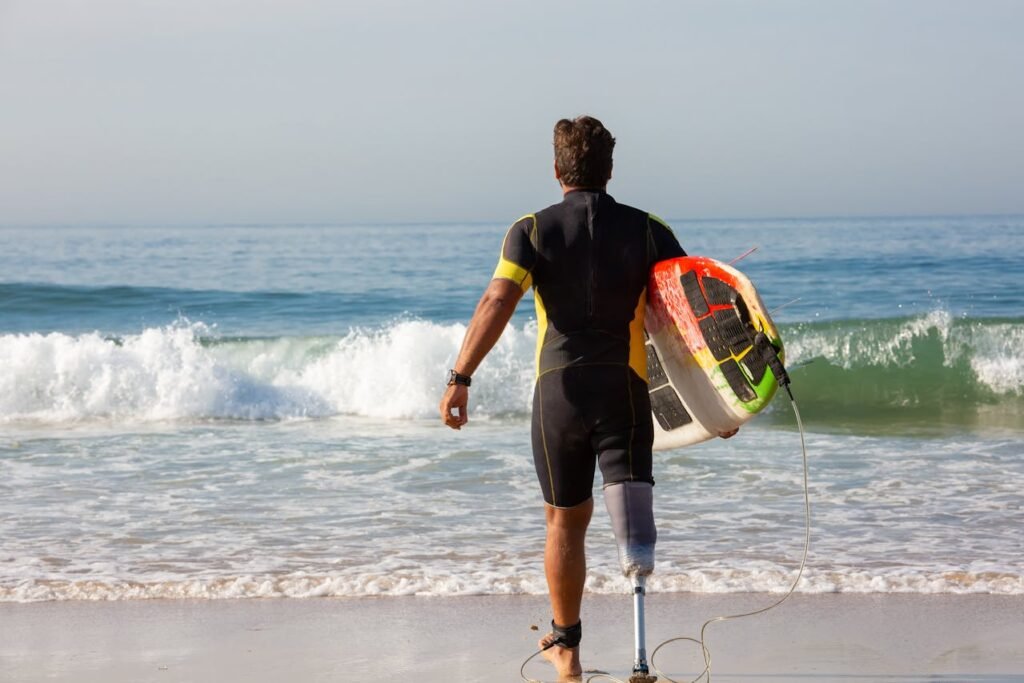
Imagine this: A person comes into a hospital after losing their arm in an accident. The doctors treat the injury. A trained rehab expert steps in and explains the prosthetic options. Within a week, the patient is tested for muscle signals. A month later, they are fitted with a neuroadaptive hand.
They train every few days at the hospital with a therapist who knows their journey. They feel seen, supported, and in control. A mental health counselor checks in with them and their family. By the time they leave, they’re not just healed—they’re hopeful.
That’s not a dream. That’s entirely possible. It just takes a little change in how hospitals view prosthetic care.
India Can Lead the Way
India has the talent, the technology, and the need. If we invest now in building hospital-based neuroadaptive services, we can set a global example. We can show the world that accessible innovation doesn’t have to mean compromise.
With affordable products like Grippy™, committed startups like RoboBionics, and thousands of skilled medical professionals ready to make a difference—we’re already halfway there.
The rest is about action.
What We All Stand to Gain
A Stronger Health System for Everyone
When hospitals integrate neuroadaptive prosthetic services, they don’t just help amputees—they strengthen the entire healthcare system. It encourages collaboration between departments. It boosts patient satisfaction. It sets a higher standard for care and innovation.
It also sends a powerful message: that our hospitals are not just places where illness ends, but where new life begins.
Investing in this area builds confidence, trust, and resilience—not just for individual patients, but for entire communities.
Empowered Patients, Empowered Nation
A person who can use their prosthetic effectively becomes independent. They return to work. They care for their families. They participate fully in life. This isn’t just good for them—it’s good for the economy, for society, for India as a whole.
When one person regains the use of a hand or leg, it’s not just movement they get back—it’s identity, dignity, and the power to shape their own future.
That is what neuroadaptive prosthetic care makes possible. And that’s what our hospitals must rise to support.
Final Thoughts: Let’s Build a Better Tomorrow—Together
The gap between what’s possible and what’s available in India is wide—but not impossible to close.
We already have the tools. We have the technology. We have inspiring medical professionals. And we have people—millions of them—who are ready to rebuild their lives with the right support.
Now we need action.
At RoboBionics, we’re committed to making that action real. We’re ready to work with hospitals, train staff, guide patients, and bring affordable neuroadaptive prosthetics like Grippy™ to more people, faster.
We believe every hospital can become a place where recovery means more than survival. It can mean movement, hope, confidence—and a real second chance.
If you’re a hospital administrator, a doctor, a therapist, or someone who simply cares—we invite you to join this mission. Let’s work together to bring smarter, more human prosthetic care to every corner of India.
You can reach out to us or schedule a free demo at robobionics.store/bookdemo. Whether you’re looking to upgrade your hospital’s services or simply want to learn more, we’re here to help.
Because everyone deserves a hand—not just in healing, but in truly living again.



